Who Will the President Kill Next? It’s a Secret
The revelation that President Barack Obama is personally selecting names for a kill list of suspected al-Qaida terrorists is a striking illustration of what actually occurs behind the White House's closed doors.The revelation that Barack Obama is personally selecting names for a kill list of suspected al-Qaida terrorists is a striking illustration of what actually occurs behind the White House's closed doors.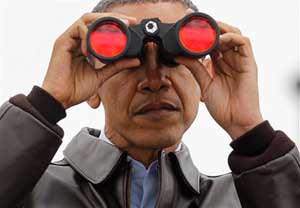
The revelation that President Barack Obama is personally selecting names for a kill list of suspected al-Qaida terrorists is a striking illustration of what actually occurs behind the White House’s closed doors.
The New York Times revealed Tuesday how the president “has placed himself at the helm of a top secret ‘nominations’ process to designate terrorists for kill or capture, of which the capture part has become largely theoretical.” He insists “on approving every new name on an expanding ‘kill list,’ poring over terrorist suspects’ biographies on what one official calls the macabre ‘baseball cards’ of an unconventional war.”
The Times described how more than 100 members of “the government’s sprawling national security apparatus” meet in a video conference to go over potential nominees for the death list and “recommend to the president who should be the next to die.” The nominations then go to the White House where Obama, guided by his top counterterrorism adviser, John O. Brennan, approves names added to the list.
Brennan, without mentioning the president’s role, had outlined the process in an April 30 speech to the Woodrow Wilson International Center for Scholars, posted on the Lawfare website. Those who make the list, he said, pose “a significant threat to United States interests.” In such cases, he said, stopping them would prevent attacks, and capture is “not feasible.” Each nominee “will go through a careful review and, as appropriate, will be evaluated by the most senior officials in our government for decision.” The most senior, of course, is the president.
The idea of Obama picking out individuals for the death list brings back memories of President Lyndon B. Johnson selecting targets for bombing in Vietnam. So intent was Johnson on micromanaging the war that he lost sight of how the bombing strengthened the will of North Vietnam. Like Johnson, Obama micromanaging the drone attacks, with their killings of noncombatants, may be strengthening our foes.
In his first campaign for the presidency, Obama pledged to pull most troops out of Iraq and concentrate on Afghanistan, capturing or killing Osama bin Laden and defeating al-Qaida. It was his promise to end the Iraq War that got the attention and affection of liberals, who ignored the underplayed but consistent warlike aspects of his foreign policy pitch.
But even those of us who took note of that militaristic strain were surprised by the way Obama eased into the war president’s role so quickly, and with methods that would have sent liberals into fierce protest were it the George W. Bush years.
With drone technology growing more refined and deadly, Obama has dispatched the robotic killers on an increasing number of missions. Two of those assassinated by the machines were Americans — Anwar al-Awlaki, a U.S.-born cleric, and Samir Khan, a U.S. citizen traveling with him. Awlaki, a propagandist who called for more attacks on the United States, had plotted with Umar Farouk Abdulmutallab, the “underwear bomber” whose attack on an airliner bound for Detroit failed.
The Justice Department produced a memo justifying the killing of citizen-terrorists, saying that internal, secret executive branch deliberations satisfied Fifth Amendment requirements for due process. Such reasoning seems to constitute a threat to the freedom and the lives of any American targeted by the government as a terrorist or an accomplice. The Justice Department memo remains secret.
Obama’s drone attacks have also killed innocents, despite his efforts to prevent such deaths. Brennan defended the administration in his speech, saying that government “standards — for identifying a target and avoiding the loss of innocent civilians — exceed what is required as a matter of international law on a typical battlefield.”
But the Times’ story reported that Obama has approved “signature” strikes against training camps and compounds that American security personnel consider controlled by militants. Men loading fertilizer into trucks could be bomb makers, but they could also be farmers, the paper noted. In theory, a broad definition of a potential terrorist could mean attacks on compounds and villages with many fighting-aged men, as a way of eliminating them.
Pre-emptively killing potential fighters was a motive for the Balkans’ ethnic cleansing. We can assume that’s not going on with our government, but we have a right to be certain. With Obama’s secrecy, we’ll never know the criteria he uses for his death lists.
He and the rest of his administration brag about the killing of bin Laden as a justification for these deaths. But that was different. Bin Laden had been the subject of great public discussion for years. He was not some anonymous person put on a death list or an innocent killed in a drone attack.
In this election year, the Times story is probably a plus for Obama and his effort to project a tough image. If the process were put to a vote, most Americans would probably agree with his decisions. But in 1942, most Americans agreed with President Franklin D. Roosevelt when he sent Americans of Japanese descent to prison camps. In the end, the imprisonment, planned in secret and sprung without warning on the victims, stained an otherwise admirable record. The secretive death list may do the same to Obama’s legacy.
Your support matters…Independent journalism is under threat and overshadowed by heavily funded mainstream media.
You can help level the playing field. Become a member.
Your tax-deductible contribution keeps us digging beneath the headlines to give you thought-provoking, investigative reporting and analysis that unearths what's really happening- without compromise.
Give today to support our courageous, independent journalists.
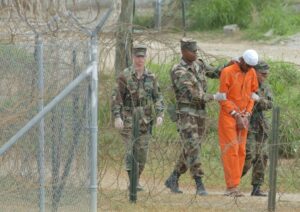
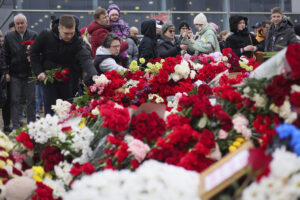
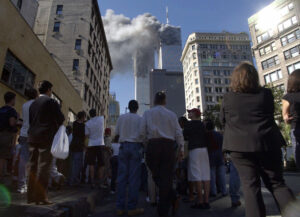
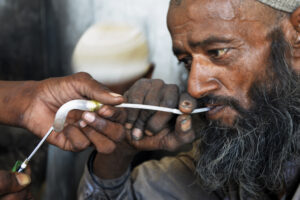
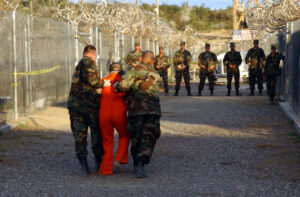
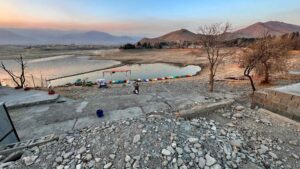
You need to be a supporter to comment.
There are currently no responses to this article.
Be the first to respond.